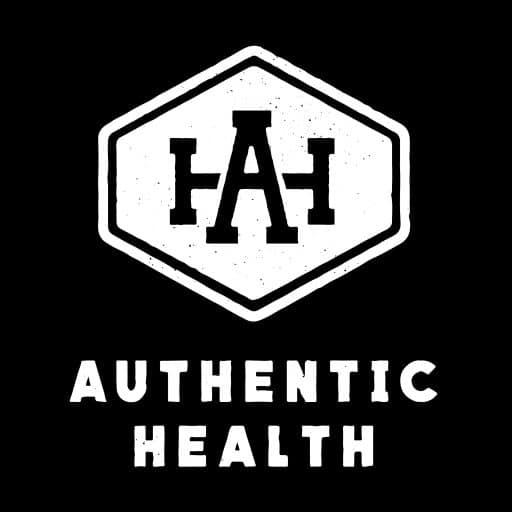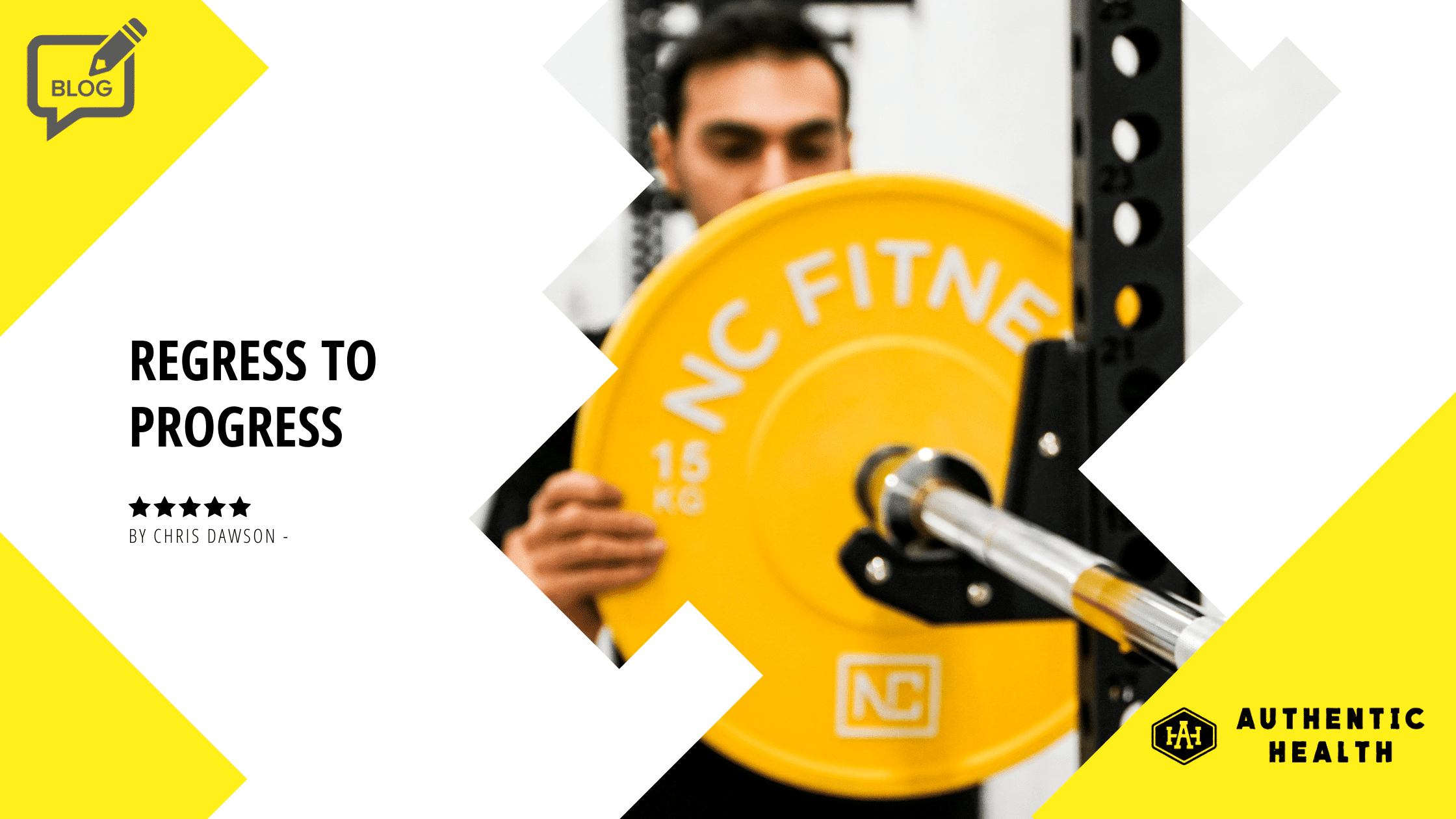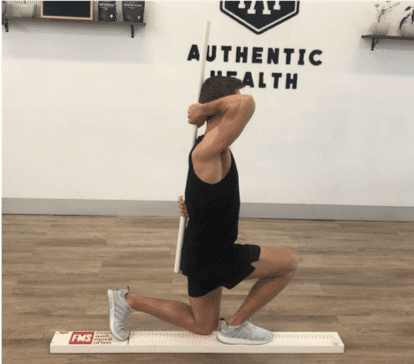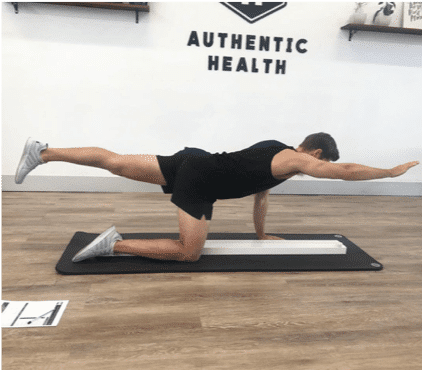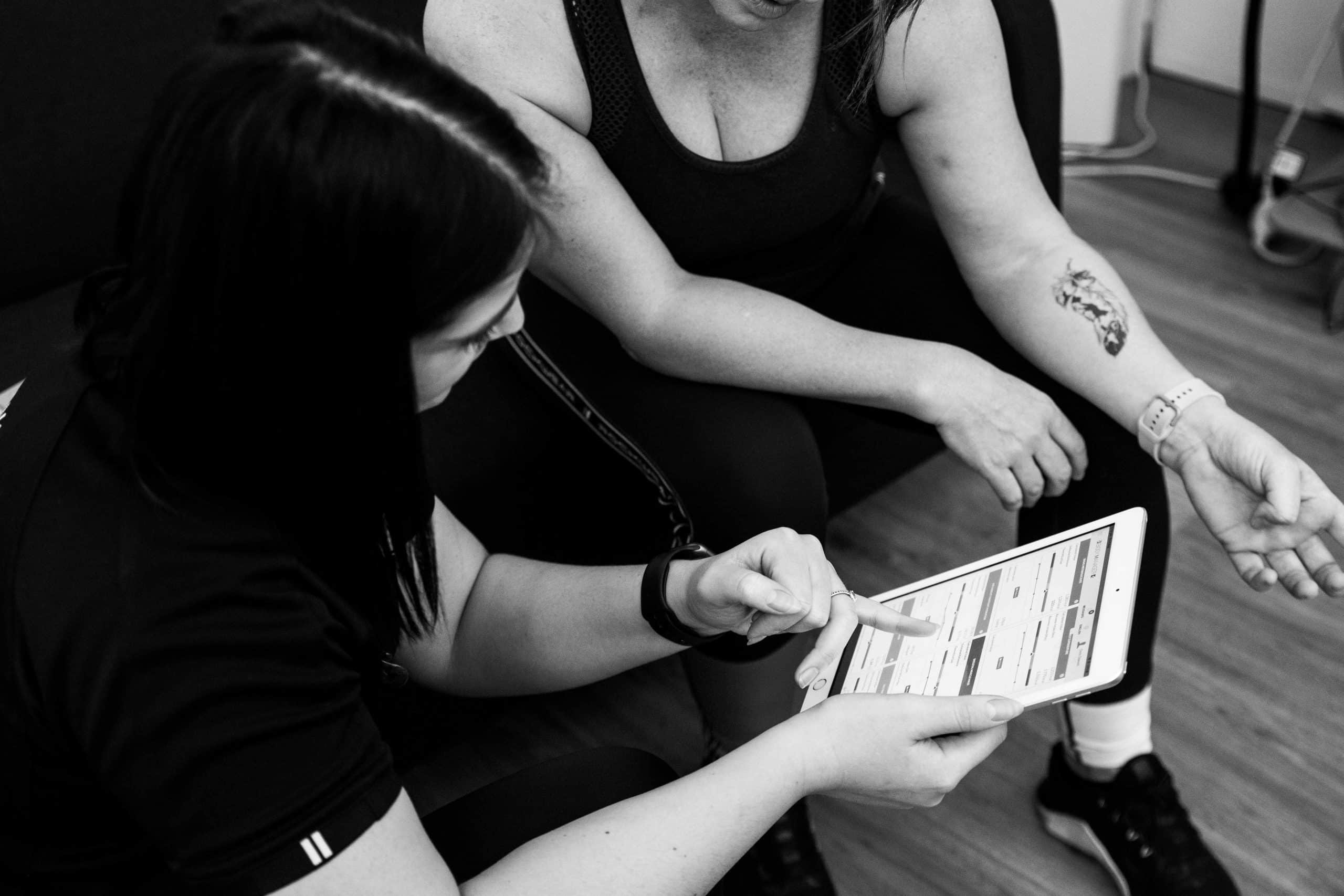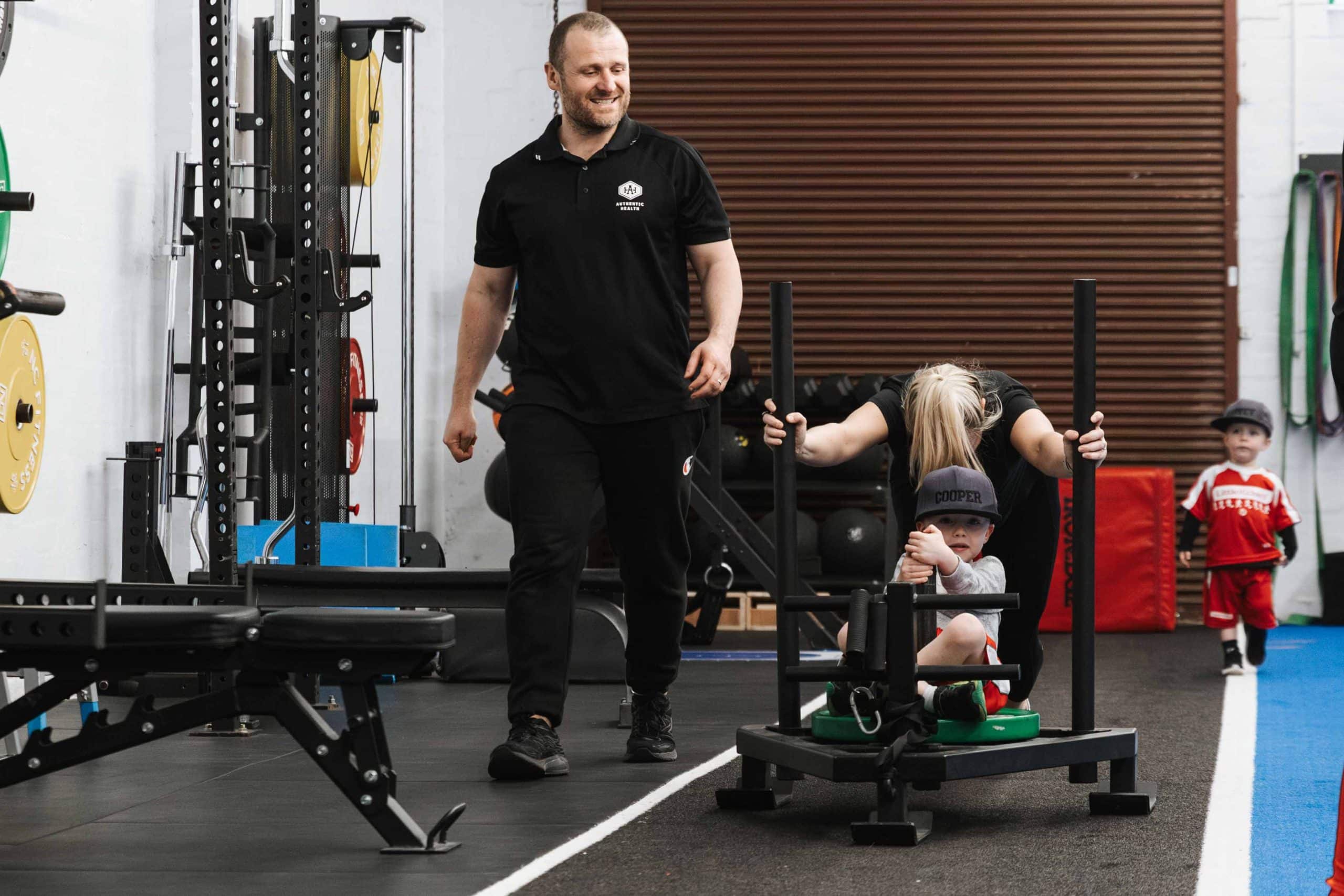If you are in the gym, let me firstly say well done because the very fact you are in there shows you are committed to your health and fitness which is my motivation to help you make sure not only you achieve that health and fitness goal but you do it safely without increasing your risk of injury.
When we exercise we almost always have good intentions when it comes to performing a movement. We don’t walk into the gym saying to ourselves ‘I can’t wait to do these squats wrong so I can get myself some back pain’. Unfortunately as a personal trainer that has worked in multiple big box gyms throughout Australia over the past 10+ years I haven’t had to look far to find someone who will likely experience back pain or some other kind of pain throughout their lifetime due to the way in which they move.
You see the way we move in the gym is a very good indicator for the way we move in everyday life. If you are poorly executing squats in the gym you are likely increasing your risk of injury when you pick up your children, get up off the couch, or bend down to get something off the floor. Almost every week we hear someone say to us ‘all I did was reach down to pick up the pencil off the floor and felt my back go’, it had nothing to do with the pencil and everything to do with the way you have moved on a daily basis.
Stability, Mobility, And Skill Acquisition
When performing movements in the gym there are three key ingredients we are looking for to gauge whether a client is ready to progress that movement through either lifting heavier or progressing to a more advanced movement . We need to show;
That We Can Create Stability – Probably the most important element we need to first show is we have the ability to create stability throughout the movement so that we can produce enough force to withstand and move the load (weight). For example, If I am back squatting and struggle to create adequate trunk stability the force of the weight will make it hard for you to distribute the load through muscles, tendons and ligaments like we want and increase our risk of injury due to that weight being redistributed to other areas that are not by design made to perform that task.
That We Have The Mobility – The ability to bodyweight squat through full range of motion is very different to the ability to perform a heavy back squat with the same degree of mobility. For most people reading this the ability to move through a full range of motion when performing a movement is desirable as there is likely going to be times throughout your day where your body will demand this of you. I might add that there are situations where partial repetitions are acceptable like someone who has a history of injury or as an advanced technique.
That We Have The Skillset – Sometimes the thing holding us back from progressing a movement is the ‘technical know how’. The technical aspect of any movement is important and if you have ever worked with a coach you might notice them saying cues like ‘push the floor apart’ when squatting, or ‘squeeze like you’re crushing a walnut between your shoulder blades’. These technical cues help you get the most out of the movement and if you can’t perform the cue you might not be ready to progress and even might need to regress the exercise or load to achieve the desired result.
If you can create stability, still have a desirable amount of mobility and can show proficiency in the technical aspects of the lifts then you are likely ready to increase load and/or move on to a more advanced level of the movement.
How A Movement Assessment Can Help
We recommend every person go through a movement assessment at least once in their lifetime, it helps a personal trainer understand what a client is capable of and create a program that you want and need, one that gets you results in the shortest amount of time while reducing your risk of injury throughout that time.
At Authentic Health we use an assessment called the Functional Movement System (FMS) which was created by world renowned physiotherapist Grey Cook. This screen in particular gives you a 3,2,1,0 score for each movement pattern (3 being execute the movement with precision, all the way to 0 being you experience pain while performing the movement) which can help us understand and create your program.
Someone who performed a 3 during the overhead squat movement pattern and showed they have the stability, mobility, and skill might be able to perform more advanced squat variation in their training program. While someone who was a 2 or less will likely get better results and reduce the risk of injury from a regression in exercise selection that helps build that movement pattern.
Focusing on ways that help you master your movement is essential, you would never build a house without laying a foundation first, sure it might be quicker to do so but it would only be a matter of time before your house becomes a pile of rubble. The same can be said for your training, increasing the load because it’s the only way you feel you can make progress is a recipe for disaster.
Learning to regress to progress is a skill, it’s also amazing how hard the most simple of exercises can feel when you do them correctly. Want to improve the way you move? We are now taking expressions of interest for our Learn To Lift workshop where you will learn how to squat, hinge, lunge, push, pull, rotate and carry. All the elements of a successful training program. Click HERE and in the ‘message’ section write ‘Learn To Lift’ to stay informed.
